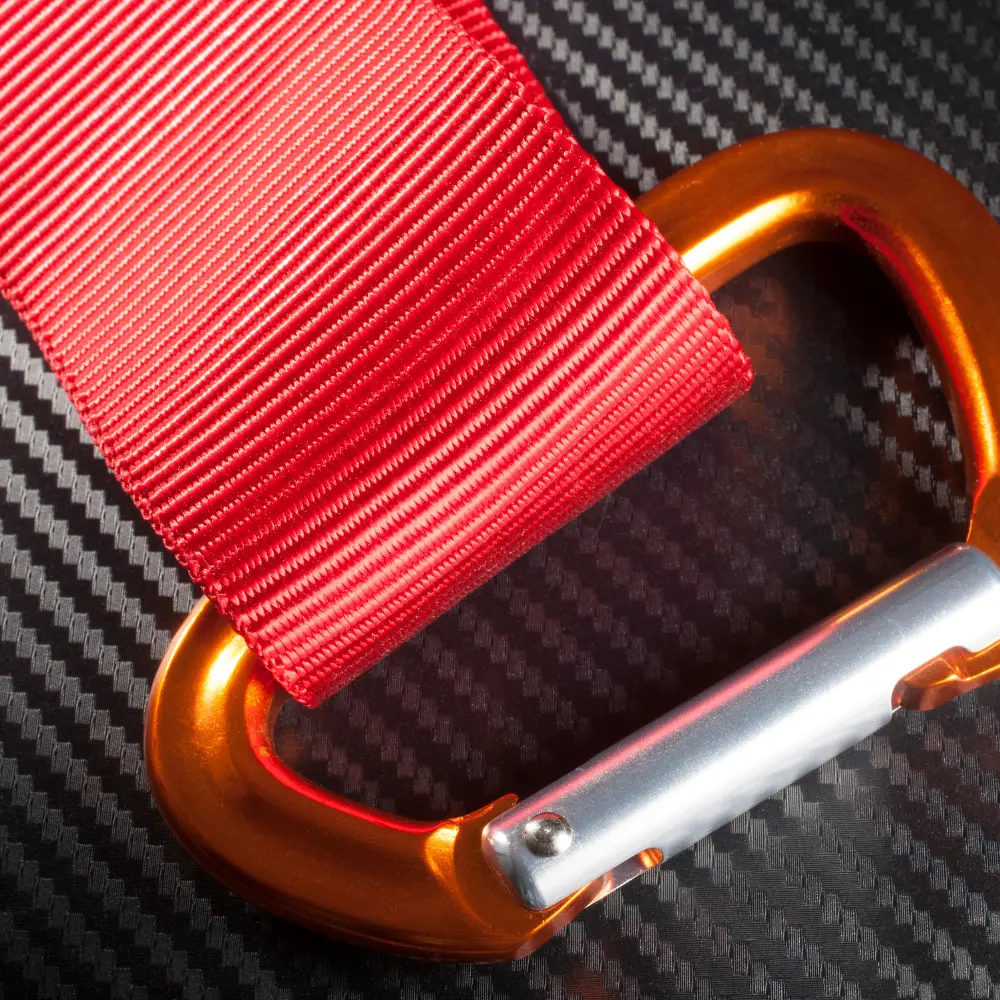- Local: (516) 346-4636
- Toll-Free: (800) 886-6060
- Fax: (516) 346-4366
- Email: kflynn@nationalwebbing.com

You might have inspected a strap that looked perfectly fine only to have it snap under load. Unlike obvious cuts or fraying, the damage caused by sun and water happens quietly. Product designers and outdoor enthusiasts often assume that nylon webbing’s strength is eternal, overlooking how quickly ultraviolet (UV) rays and moisture erode its integrity. When a harness or tie-down fails in the field, it can lead to serious injury, property damage, and costly delays.
Understanding how the environment degrades nylon webbing allows you to choose materials wisely and implement practical maintenance measures. This article explains the science behind UV and moisture damage, signs to watch for, and proactive steps manufacturers and users can take to extend the life of their webbing.
Nylon webbing is durable because its polymer chains are tightly bonded. UV radiation from sunlight gradually breaks those bonds, making the fibers brittle and reducing tensile strength. Studies reported by textile engineers show that:
Early signs of UV damage include fading, stiffness, micro-cracking, and frayed edges. These subtle cues warrant immediate replacement in safety-critical applications.
Unlike polyester, nylon absorbs 4–10 % of its weight in water. Saturated nylon loses about 10–20 % of its strength because water molecules disrupt the hydrogen bonds that give nylon its rigidity. Fortunately, this reduction is temporary: the fibers recover once dried. However, repeated wet-dry cycles and prolonged immersion can lead to:
You can’t control the sun or rain, but you can reduce their impact by following best practices:
Regular inspection is the most effective way to catch UV or moisture damage before it leads to failure. Experts recommend:
During inspections, note any fading, stiffness, brittleness, or mildew. If there’s uncertainty about remaining strength, retire the strap. Keep records of purchase dates, usage conditions, and inspection results to establish reliable replacement cycles.
Sunlight and moisture are relentless adversaries of nylon webbing. By recognizing how UV radiation and water affect polymer bonds, selecting UV-treated and darker webbing, and implementing proper storage, cleaning, and inspection routines, you can dramatically extend the life of your straps.
A few simple steps today will prevent unexpected failures tomorrow and ensure your equipment remains safe and dependable in all weather conditions.